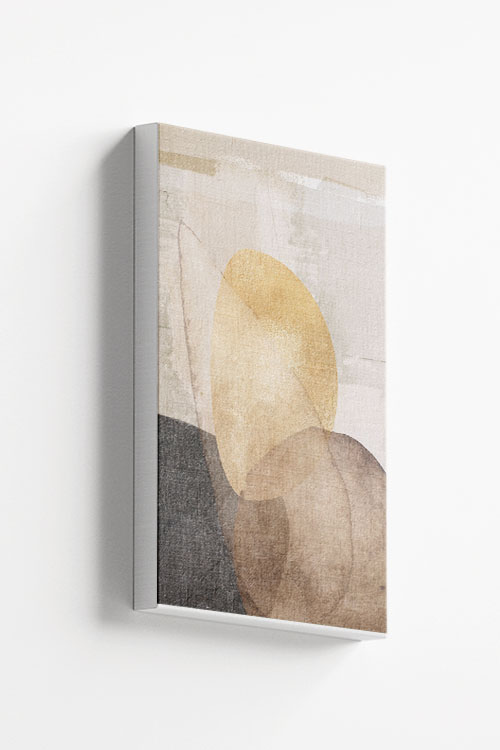
These textured stone shapes are giving us major earth vibes. The colors alone will complete your room decor.

These textured stone shapes are giving us major earth vibes. The colors alone will complete your room decor.
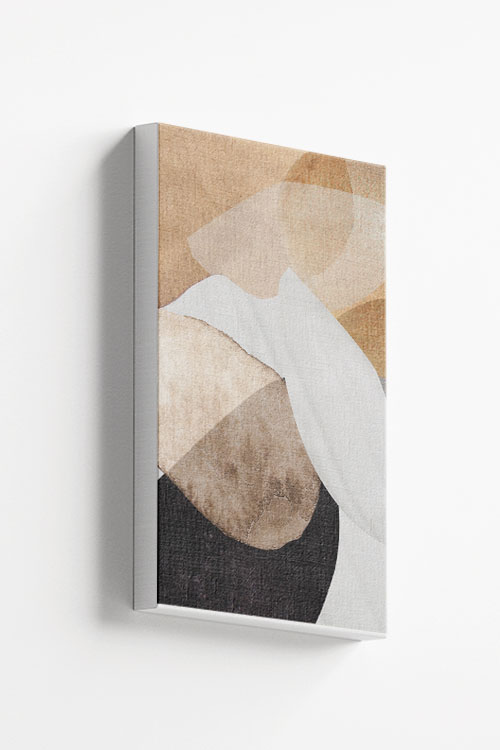
Bringing the outdoors in has never looked so good with these earthy textured art piece. A perfect addition to your space for a captivating transformation.
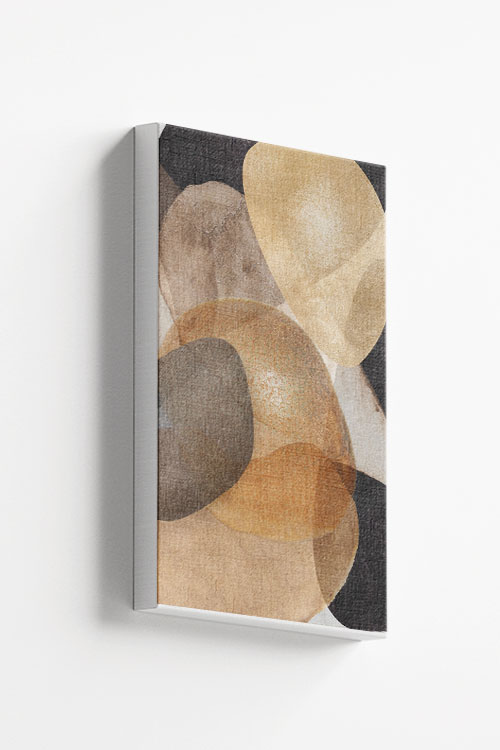
These textured stone shapes perfectly capture the essence of the Earth! This is what you need for a captivating focal point in your room.
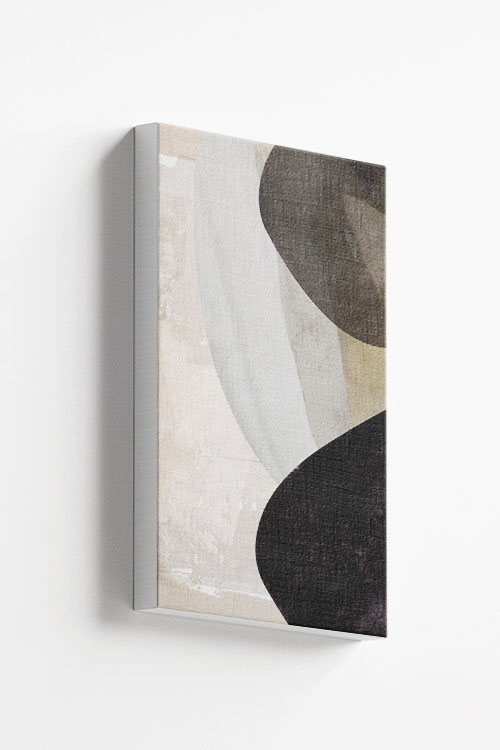
Let your imagination run wild with this earth-inspired textured stone shape! Love it in your room!
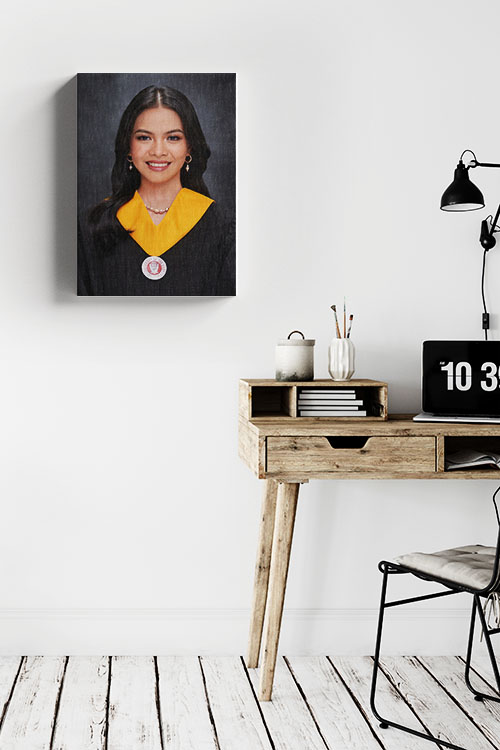
Creating personalized graduation posters for your loved ones is a beautiful way to celebrate their achievements and show pride. Here are some ideas and steps to help you create memorable and meaningful graduation posters.
Creating a personalized graduation poster uniquely honors your loved one’s hard work and celebrates their accomplishments. It serves as a lasting memento of this significant milestone in their life.
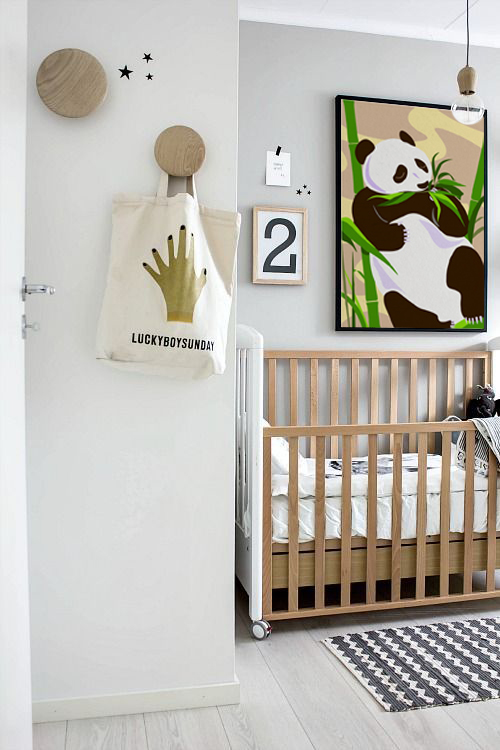
Decorating the walls of a nursery can be a fun and creative process. Here are some ideas to make the nursery walls both beautiful and stimulating for your baby:
Remember to ensure that all decorations are securely fastened and safe, avoiding anything heavy that could fall or small parts that could pose a choking hazard. Enjoy the process of creating a unique space for your little one!
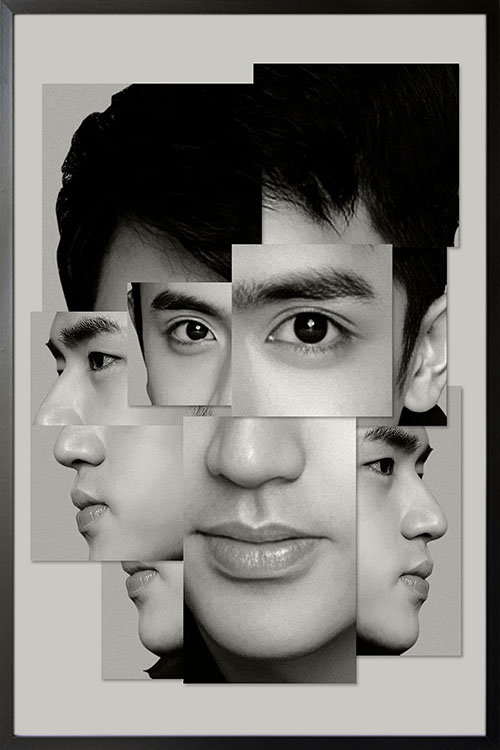
Personalized posters have several appealing qualities that make them unique.
Personalized posters are tailored to individual preferences, making them unique. You can choose images, text, colors, and designs that resonate with your taste or the recipient’s interests, ensuring the final product is one-of-a-kind.
Personalized posters are not just decorative items; they are emotional connections. They can commemorate special occasions, milestones, or cherished memories, making them meaningful keepsakes. For example, a poster featuring a favorite quote, a significant date, or a memorable photo can evoke emotions and memories.
Because they are customized, personalized posters make thoughtful and memorable gifts. They show that you’ve put thought and effort into creating something specifically for the recipient, whether for birthdays, anniversaries, weddings, or other celebrations.
Designing a personalized poster allows for creative expression. You can experiment with different artistic elements to create a piece that reflects your style or the message you want to convey. This can be a fun and fulfilling process.
Personalized posters can enhance a space’s aesthetic. They can be designed to match the décor of a room, adding a personal touch to home or office environments. Whether it’s a motivational quote for an office or a family portrait for the living room, these posters contribute to the ambiance.
Personalized posters are not limited to one use. They can be used for personal enjoyment, gifts, or business purposes such as promotional materials, event announcements, or branding. Their versatility empowers you to use them in different contexts and audiences, inspiring creativity and innovation.
These posters are more memorable and impactful than generic ones because they are personalized. They capture specific themes or messages that resonate more deeply with the viewer, making a lasting impression.
Overall, personalized posters are great because they combine artistic creativity with personal significance, resulting in a unique, meaningful, and visually appealing product.
Get your personalized prints now! Visit artdesign.ph for more personalized art.
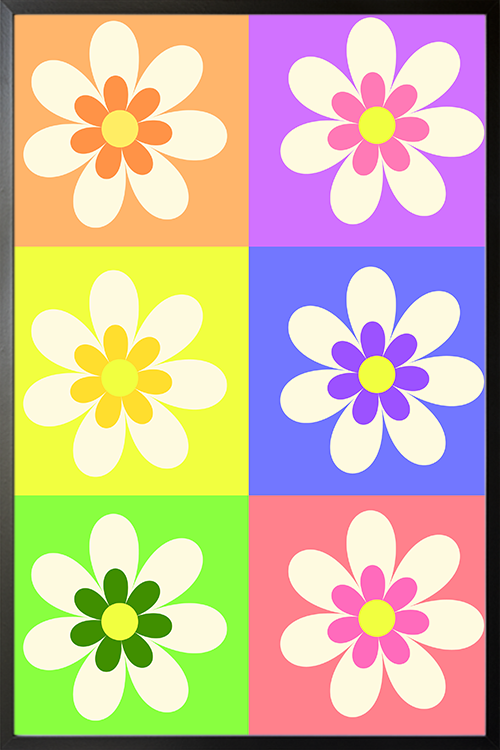
Colors profoundly impact our emotions, perceptions, and even physical well-being. The psychological and physiological effects of color can influence our mood, behavior, and cognitive function. Here’s an overview of how different colors can affect the brain:
Understanding the impact of colors can help you make informed decisions when designing your living environment, ensuring that the space promotes the desired mood and functionality.
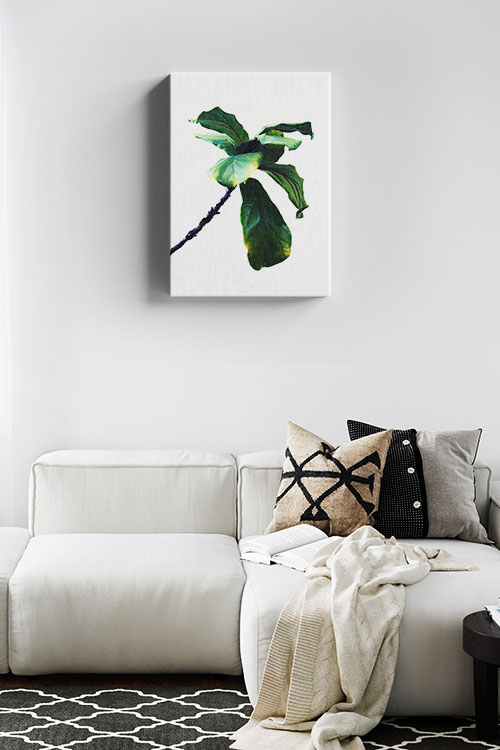
Freshening your home can create a more pleasant living environment and make your space more inviting for guests. Here are some tips to help you freshen up your home:
Following these tips can keep your home smelling fresh and looking clean. Regular maintenance and a few natural remedies can go a long way in creating a pleasant home environment.
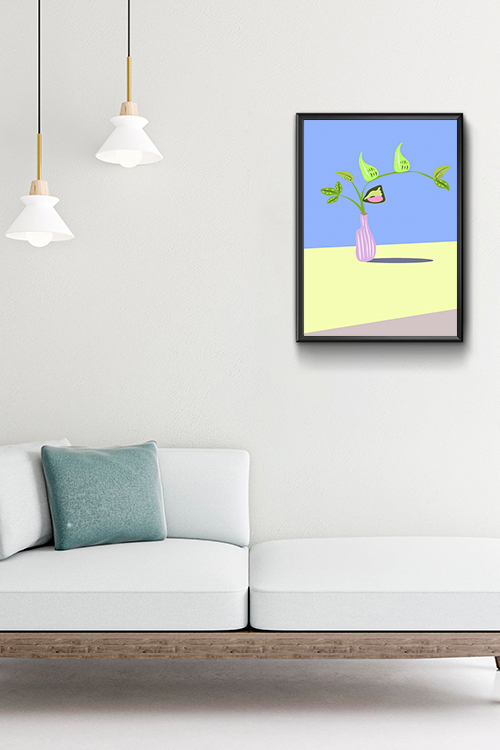
Decorating your home is fun for various reasons, bringing joy, creativity, and satisfaction. Here are some key reasons why people find home decorating enjoyable:
Overall, decorating your home combines creativity, practicality, and personal satisfaction, making it fun and fulfilling.